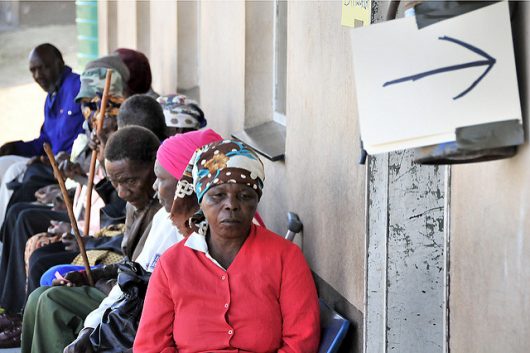HIV in Swaziland Under Control
 Sub-Saharan Africa has become notorious for its high numbers of HIV-positive individuals. However, some countries may finally see the end to these epidemics.
Sub-Saharan Africa has become notorious for its high numbers of HIV-positive individuals. However, some countries may finally see the end to these epidemics.
Data from the U.S. President’s Emergency Plan for AIDS Relief show that the HIV epidemic is coming under control across all age groups in Swaziland, the country with the highest HIV prevalence in the world. The latest Swaziland HIV Incidence Measurement Survey has found that new HIV infections have nearly halved among adults.
The prevalence of HIV in Swaziland has had a significant impact on the country. 2015 estimates show that life expectancy in the country is 57 years for men and 61 years for women. Despite the longer lifespan, women are disproportionately affected by HIV, with most women contracting the virus between the ages of 15 and 24. This sharp increase has been attributed to the high level of intergenerational sex that occurs between older men and young, sexually inexperienced women.
Heterosexual sex is the main form of transmission of HIV in Swaziland, accounting for 94 percent of new infections. Low and inconsistent condom use, intergenerational sex, transactional sex, gender inequalities, gender-based violence, multiple and concurrent sexual relationships and a low uptake of male circumcision are all key drivers of Swaziland’s HIV epidemic.
HIV has played a major role in limiting Swaziland’s ability to support its dwindling economy. The epidemic consistently draws resources from other priority areas, placing the health system under considerable stress, and directly affecting capital accumulation and productivity. The impact of HIV has led to the disruption and destabilization of families and communal support systems. Destabilized families result in a dramatic increase in the number of vulnerable children and child-headed households that must use any limited assets to cover medical and burial costs.
With many world organizations working together to stop and reduce the spread of Swaziland’s HIV epidemic, more preventative options are available. Collaboration with the Swazi National Reference Laboratory and the Center for Disease Control resulted in drastically reduced turnaround time for key HIV diagnostics. Care and treatment for HIV has expanded nationwide to include promoting good hygiene, nutritional practices, safe drinking water, abstinence and partner reduction. Antiretroviral treatment reached over 85 percent of those eligible for treatment, and high-quality HIV testing and counseling services have served record numbers of people, especially the most at-risk populations.
The downturn of Swaziland’s HIV epidemic offers hope to other Sub-Saharan African countries that are fighting similar battles. Collaborating with world leaders and local governments has proven to be very productive in expanding the impact and sustainability of all health investments. From here, Swaziland finally has a true chance at becoming a stronger member of the global community.
– Allie Knofczynski
Photo: Flickr
